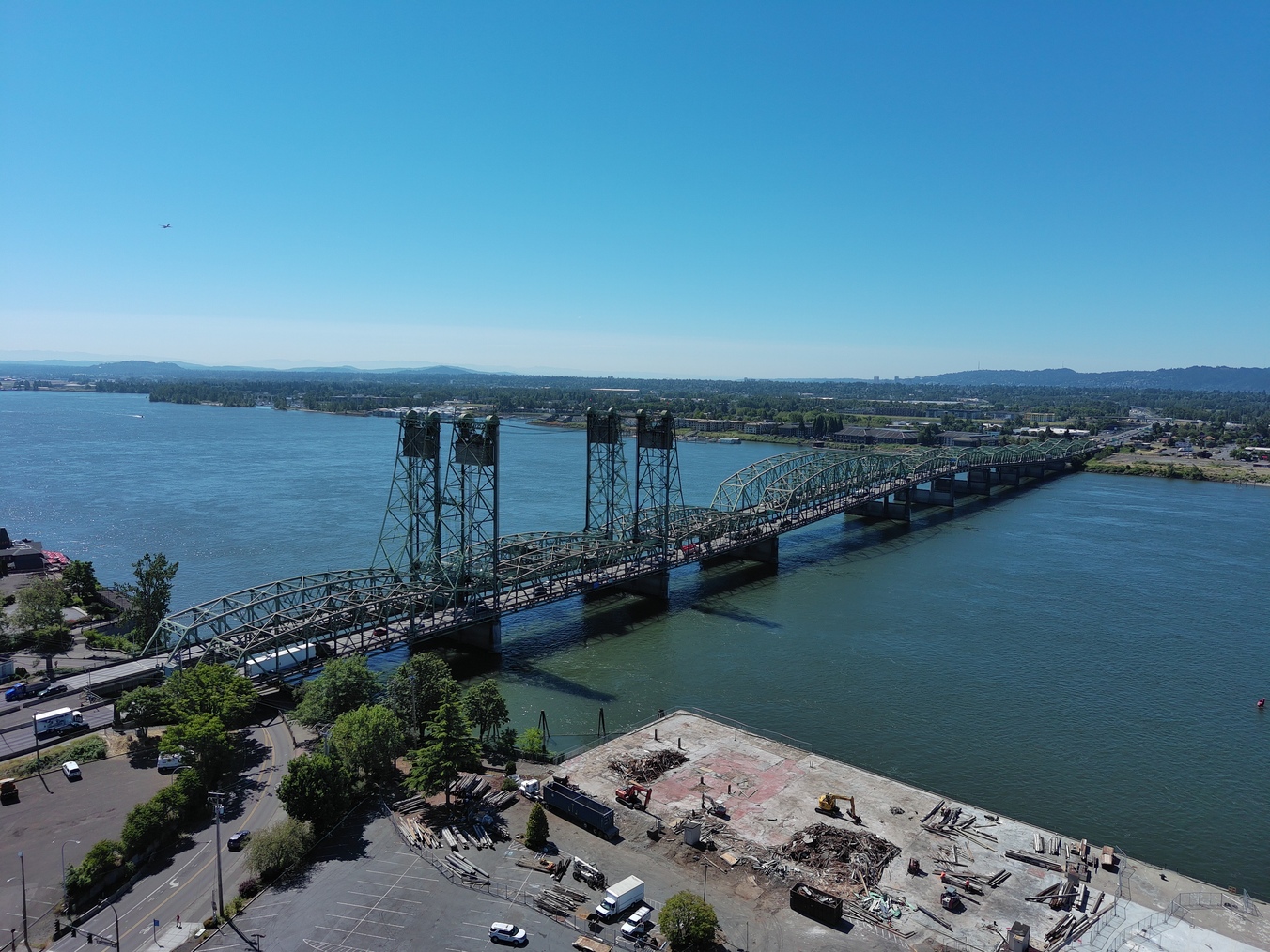Editor’s Note: We are pleased to welcome Alphecca Muttardy to the Cascadia Advocate to discuss the need for legislation that could strengthen our economy and reduce our infrastructure deficit: H.R. 3339. Alphecca is a macro-economist on the Advisory Board of the Coalition for a National Infrastructure Bank.
For the past sixty years, when our government fought inflation, it did so by cutting the money supply and raising interest rates, which almost always brought on a recession and loss of jobs. Then, the federal government spent more than it earned to bring those jobs back, which raised the national debt.
Today, our debt stands at $30.6 trillion, and the capacity to extend it further is exhausted. A recent Congressional Budget Office (CBO) forecast suggests that interest payments on the debt will explode over the next ten years – the result of rising interest rates. Meanwhile, the White House and Democrats in Congress are trying to figure out what kind of fiscal response the mercurial Senator Joe Manchin of West Virginia will agree to vote for.
We need to replace this proven cycle of failed policies with a proven set of workable ones. That’s where a properly constructed public bank comes in.
Legislation currently pending in Congress (HR 3339) proposes to create a $5 trillion National Infrastructure Bank (NIB) to finance infrastructure projects all across America. It would be a separate institution, set up as a government-owned lending bank, and capitalized with existing Treasuries held by the public sector.
That’s the same model that was used successfully four times before in our nation’s past, starting with the First Bank of the United States, created by Treasury Secretary Alexander Hamilton, and ending with President Franklin Delano Roosevelt’s Reconstruction Finance Corporation (RFC).
Except for a very small appropriation from Congress to open its doors, the proposed NIB will pay its own way. It will not require new federal outlays or debt.
In fact, NIB operations will generate revenue for federal, state, and local governments by expanding the economy. NIB will also address the economic problems we’re seeing in the United States today by:
- Catalyzing the creation of millions of new, great-paying jobs to raise short- and long-term economic growth
- Providing financing to deal with the backlog of infrastructure projects that are still unfunded, like local roads and bridges, water infrastructure, the electric grid, high speed rail, affordable housing, broadband, and more
- Promoting a resurgence of American manufacturing;
- Combating inflation by increasing economic production and making our economy more efficient (imagine transportation bottlenecks reduced or eliminated, better connectivity in rural areas, fewer “supply chain” problems, greater supply and lower prices thanks to added manufacturing).
This legislation makes use of a proven model that has served our country well in the past. A nationwide grassroots coalition has come together to urge Congress and President Biden to get this done. Our country needs to adopt and pass H.R. 3339 to create a Hamiltonian National Infrastructure Bank. For more information on the NIB, and how you can help, check out the coalition’s website.

